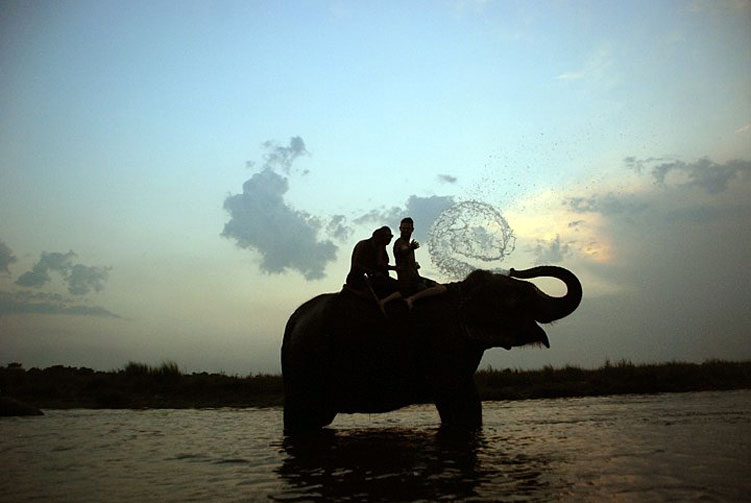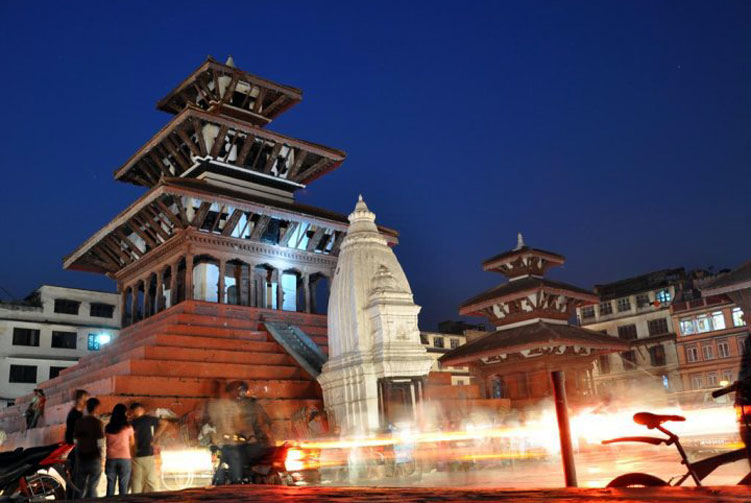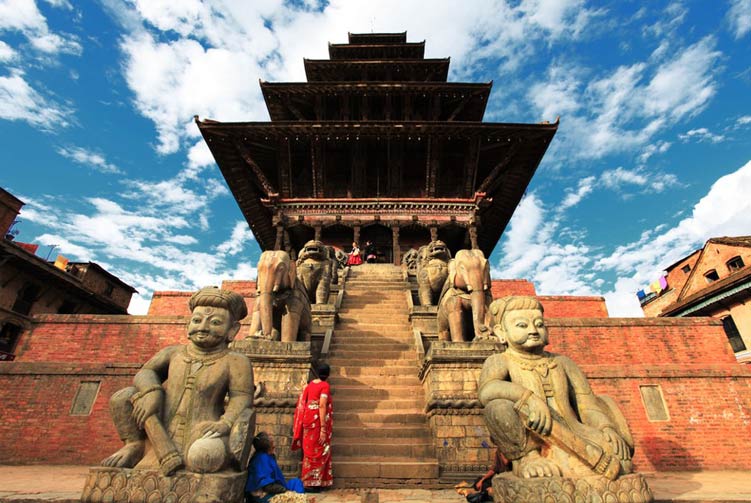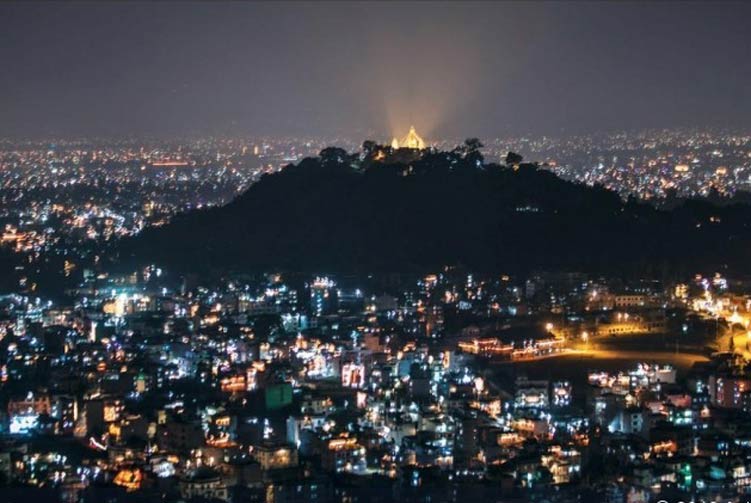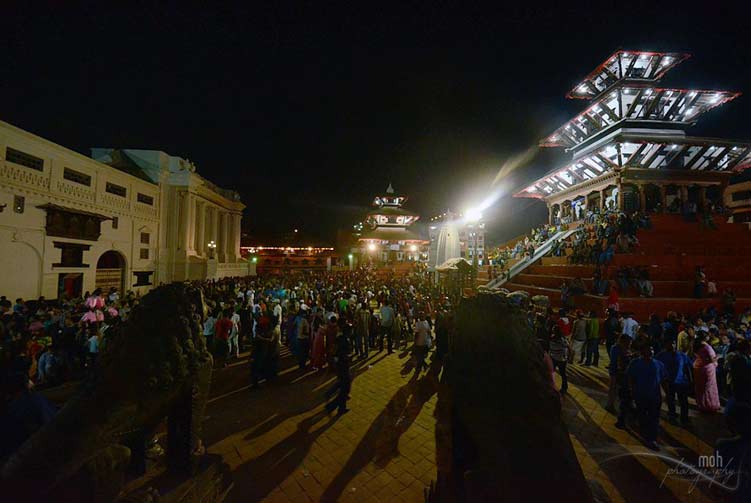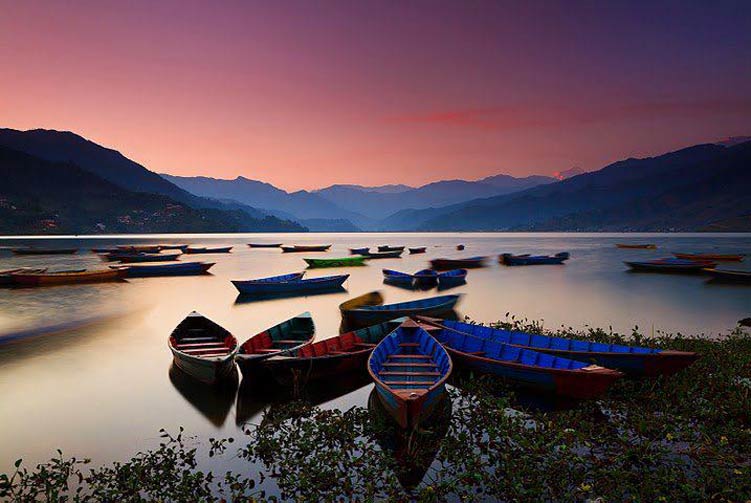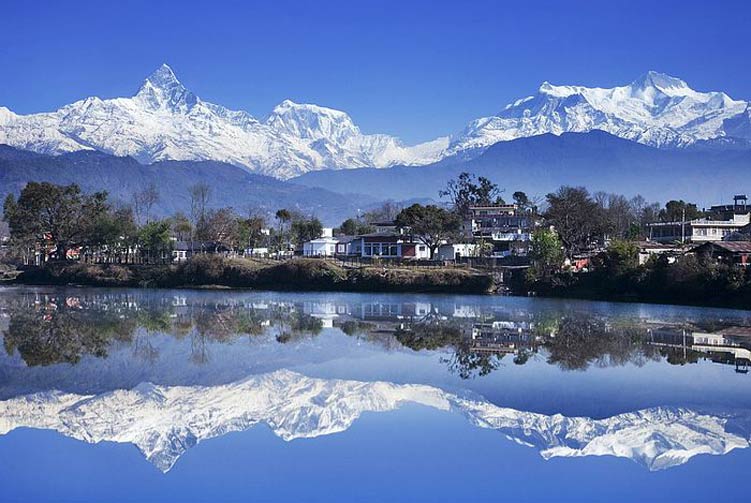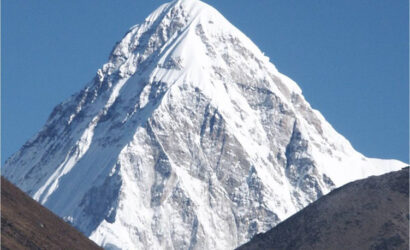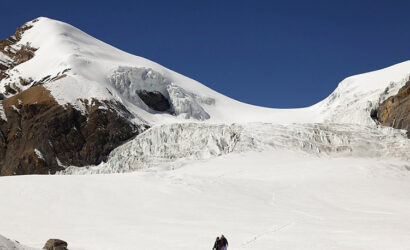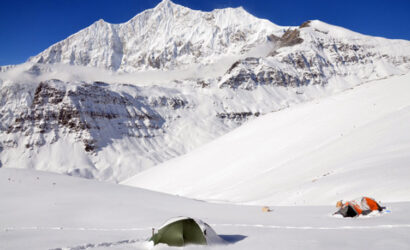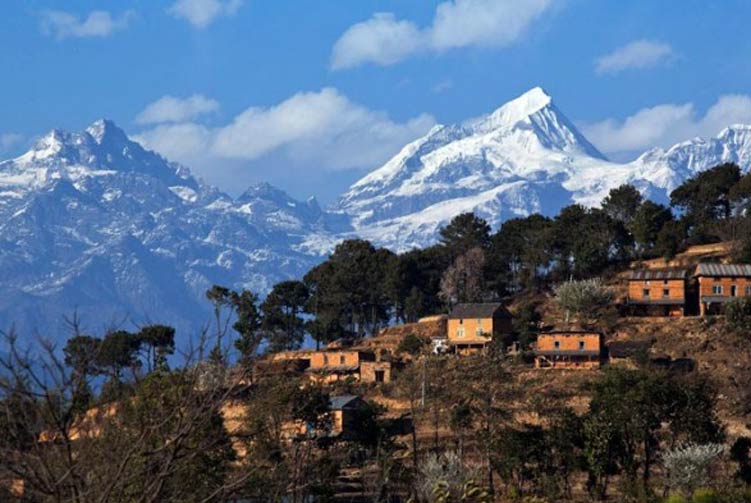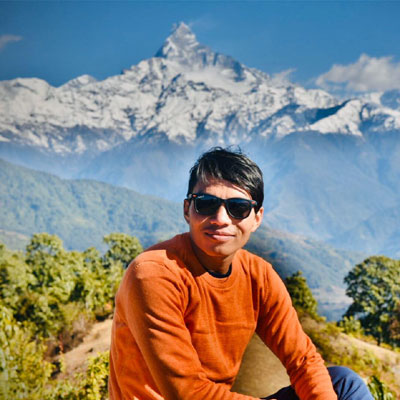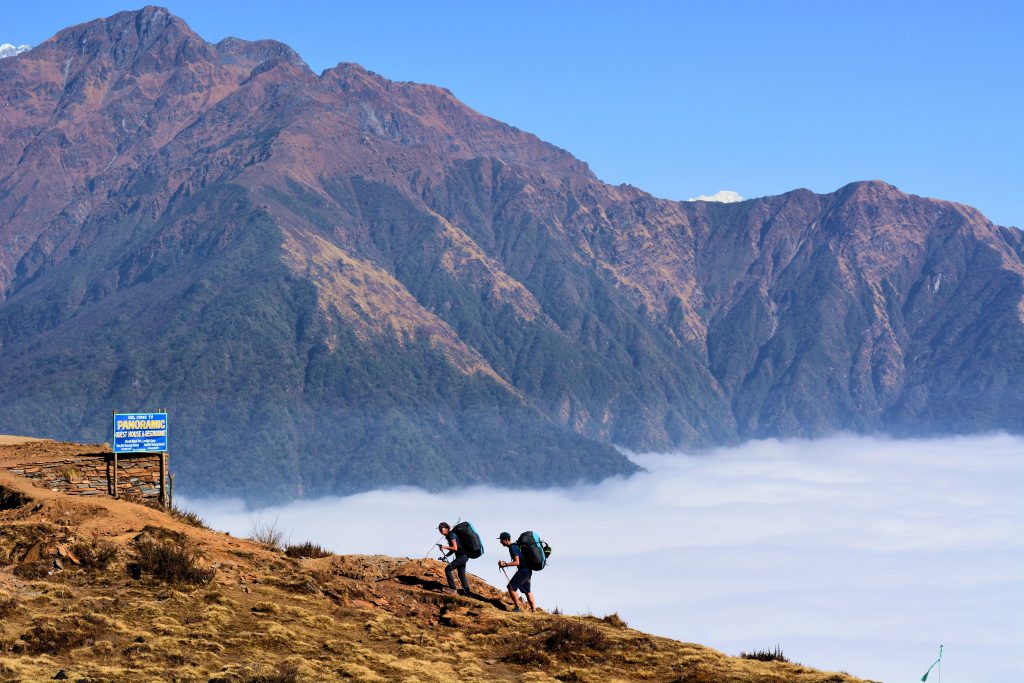Experience Nepal Tour is a beautiful cultural touring of Nepal. Although it is a tour, it includes 3 days of easy trekking to make it a complete Nepal experience package. From mountains and trekking to culture and from nature to wildlife of Nepal can be well experienced in this trip.
Overview
On the exploration of heritage sites in Kathmandu valley, you will come across many architectural wonders, spiritual wonders, and cultural riches. Nature and spectacular Himalayan scenic beauty is what you will experience from Nagarkot and Sarangkot whereas encounters with wildlife in Chitwan is a thrilling experience. Time in Pokhara is moments of exploration of different natural wonders that will make this trip a complete package.
A very soft going in nature, this trip is for the cultural enthusiasts who are interested in sightseeing tours. Even without involving any trekking part in the trip, you will have a memorable experience of travelling to Nepal.
Itinerary
Today is the day of your arrival in Kathmandu, Nepal. As soon as you come out of the Kathmandu airport, you will find our representative waiting for you in the waiting area right outside the arrival lounge. You will be warmly greeted and welcomed by the representative and led to the vehicle. Our vehicle will take you to the trip hotel, most of the time in Thamel, that is 20-30 minutes’ drive, depending upon traffic, from the airport.
After you check into the hotel, you can take relaxing time on your own as there are no activities scheduled for today, except our trip briefing meeting. We will let you know about the briefing timing upon your arrival.
Enjoy your breakfast at the hotel. We come to take your for a wonderful cultural heritage tour of Kathmandu valley. As part of the tour, we are going to visit four of the UNESCO Heritage monuments in Kathmandu valley. The places we visit today are incredible mixture of culture, history, spirituality, art and stories. Overnight in Hote.
Swoyambhunath
Believed to have been created on its own, this Budhhist stupa is the oldest of all the monuments in Kathmandu valley. Standing atop a small hillock, Swoyambunath, known as monkey temple amongst tourists, provides a fascinating view of the valley, surrounding hills and snow-capped mountain at the distance on a clear day.
Patan Durbar Square
One of the three medieval palace squares, Patan Durbar Square holds its medieval art and architectural grandeur. Amazing skill of the artisans is evident in each and every building that stands in the square. The square comprises of medieval palace, temples and museum.
Pashupatinath
This site is the most sacred Hindu temple area in the country. But, as the temple is strictly a Hindu only area, non-Hindu tourists go there to watch the unique Hindu cremation rituals on the bank of River Bagmati. The death rites of Hindu family there are so engrossing and heart-touching which make you feel the moment. It’s not any kind of intrusion in being there and watching somebody being cremated in an open ground. It’s a great cultural experience.
Boudhanath
This giant Buddhist stupa is considered as the biggest one in the world. This small square with giant shrine has a powerful presence of the spiritual vibrations. It’s an important pilgrimage site for the people following Tibetan Buddhism.
After the tour, we drive to Nagarkot, 32 kilometers east of Kathmandu, to stay overnight.
Now, it’s the time to see the wonders far and outside the Kathmandu valley. We are driving to Chitwan to experience wildlife in Chitwan National Park. About five hours of drive along the Trishuli River bank, on most of the stretch, takes us to the beautiful plain of Chitwan. We can experience a bit of local towns life and other beautiful scenery along the highway.
Once we reach Chitwan, we will have our activity schedule inside the forest and we eagerly wait for the scheduled activities.
It is full day jungle safari activities day today. We will be going for elephant ride, canoe ride, jungle walk, elephant breeding center, bird watching tour etc. as planned. We can expect to see one horned rhino, deer, bear, wild boar, tiger, leopard, bison etc. during our jungle excursion. On the canoe trip, we can see some crocodiles, sun basking on the river bank. This is an exciting day full of jungle adventure and wonders.
After breakfast at the hotel, we leave for Pokhara. About four hours of drive takes us to beautiful lake city of Pokhara to explore the natural wonders there. We will drive through several beautiful towns along the highway. Once we reach Pokhara, we go for a boating trip on Lake Fewa. After the boating trip, we will have free time to laze around Lakeside.
Our day starts very early in the morning. We set our wake up alarm at the fixed time and get ready for a drive to Sarangkot hill to witness a spectacular sunrise over the Annapurna range. We reach Sarangkot after about half hour of drive to enjoy a close up, panoramic view of the mountain peaks in the Annapurna range. When the sun rises and pours its rays over the mountains, they look overwhelming.
We drive back to hotel for breakfast after the sunrise. We have a free half day to relax and wander around the lakeside and also to go for some adventure activities if you like to. We go for another sightseeing tour after the lunch hour. We go to visit Davis falls, Gupteshwor cave, and Tibetan refugee camp and finally drive to World Peace Stupa for sunset. We return back to Pokhara and take an easy time on our own.
Early in the morning, after breakfast, we get on the bus to drive back to Kathmandu. About seven hours of overland journey takes us back to Kathmandu. Once we are in Kathmandu, we go to hotel and spend the whole day at leisure on our own. Finding relieving massage, good food, souvenir shopping, and wandering around can keep you busy for the day.
There is an early morning mountain flight to Everest region is scheduled. This flight brings you closer to the Mt. Everest and other mountains in the region. Once we return back from the flight, we go to tour medieval cities of Patan and Bhaktapur. After exploring the cultural and architectural wonders of Patan and Bhaktapur, we drive to Nagarkot to stay overnight at the elevation of 2,100 meters above sea level. Nagarkot provides a peaceful natural environment with panoramic views of the Himalayas.
We wake up early in the morning to admire a breathtaking view of Himalayan panorama and a beautiful sunrise over those mountains. The early morning wake up is worth for such a view of the mountains and sunrise.
We can go around Nagarkot for some beautiful nature walk to explore the peaceful surrounding. Later, we come back to hotel; check out and drive back to Kathmandu. Once we are in Kathmandu, we will have plenty of free time to wander around and relax.
A farewell dinner is scheduled for this evening.
The final day of the trip, we drive you to airport for your scheduled flight homebound or other destination. We will pick you up 3 hours prior to your flight schedule.
The Trip Cost Includes
- Airport Pick and Drop in Kathmandu by Private vehicle.
- Welcome/Farewell dinner with cultural program.
- Tourist Standard Hotel Accmmodiation in Kathmandu for 4Nights, Pokhara 2Nights, Chitwan 2Nights and Nagarkoat 1Nights with B/B Basis.
- Private transportation to and from the starting and ending points of the tour.
- Full Board Meals (3 Meals a day) while on the Tour.
- Guided UNIESCO World Heritage Sites Tour in Kathmandu, Patan, Bhaktapur and Pokhara with entrance permit.
- Guided Jungle Safari Tours with entrance permit.
- Mountain flight Ticket with Airport TAX.
- Professional & highly expertise government licensed holder English Speaking Tour Guide.
- All expenses of the Guide that includes Food, Accommodation, Salary, Insurance, Equipment during your travel period.
- Comprehensive First Aid Kit.
- Arrangement of all rescue and evacuation promptly, in Worst Condition
- Group Touring Gears.
- Tour Map, Friends Adventure Team's special Souvenir.
The Trip Cost Excludes
- Meals in Kathmandu, Chitwan, Pokhara and Nagarkot (Includes in Full Board Tour).
- Any packed food/snacks, aerated drinks, energy drinks, mineral water, alcohol, cigarettes, chocolates, nutria-bars.
- All desserts, sweet things like chocolate, cake, pie, pudding.
- Items of personal nature, Laundry Expenses.
- Clothing, Packing Items or Bags, Personal Medical Kit, Personal Trekking Gears.
- Any additional staff other than specified.
- Medical and Travel Insurance and Emergency rescue by any means of Transportation including Helicopter evacuation if required.
- Rescue, Repatriation, Medicines, Medical Tests and Hospitalization expenses.
- Airfare of international flights.
- Nepal entry visa fee (Visa issuance is easy at the arrival).
- Gratuities to guide, porters and driver (Not mandatory but expected as customizetripomary thank you for the service).
- Any other item not included in "Cost Includes" Section.
Frequently asked Questions
Nepal is famous for places like Kathmandu (the capital), Pokhara, Chitwan National Park, and Everest Base Camp. These spots offer stunning natural beauty and cultural experiences.
The best time to visit Nepal is during spring (March to May) and autumn (September to November) when the weather is pleasant, and trekking conditions are excellent.
Yes, most visitors need a visa to enter Nepal. You can get a tourist visa upon arrival at the airport or apply for one at the Nepalese embassy in your home country.
Yes, Nepal is generally safe for tourists. However, it’s essential to take usual precautions, like avoiding isolated areas at night and securing your belongings.
Nepal offers various activities such as trekking, mountaineering, wildlife safari, cultural tours, and adventure sports like paragliding and rafting.
Nepali cuisine is diverse and flavorful, with staples like dal bhat (lentil soup with rice), momo (dumplings), and various curries. Don’t miss trying local teas like chiya and traditional desserts like sel roti.
Yes, some trekking routes in Nepal can be done independently. However, for remote or challenging treks, it’s advisable to hire a guide or join a group for safety and navigation.
Pack lightweight and breathable clothing, comfortable walking shoes, a first aid kit, insect repellent, a reusable water bottle, and a good quality backpack. Don’t forget essentials like sunscreen and a hat.
Respect the local culture by dressing modestly, removing your shoes before entering homes or temples, asking for permission before taking photos of people, and being mindful of local customs and traditions.
The currency in Nepal is the Nepalese Rupee (NPR). While major cities and tourist areas accept credit cards, it’s advisable to carry cash, especially in rural areas where card payments might not be accepted.
Yes. Internet can be accessed in most places. Sometimes, there might be some technical problems. Internet in Nepal is not as fast as you are used to and at times you can just lose connection.
Yes, there are ATMs (Automated Teller Machines) available in many cities and popular tourist areas in Nepal. However, it’s important to note that in more remote or rural areas, ATMs might be scarce. When you plan your Nepal tour, especially if you are trekking or traveling to less populated areas, it’s a good idea to carry enough cash with you.
Credit cards work in big cities and tourist spots, but it’s like having a backup plan. In smaller towns and local markets, it’s better to have cash (Nepalese Rupees) to make your purchases smoother.
Chitwan is like a nature’s paradise! You can see elephants, rhinos, tigers, and a variety of birds. It’s like stepping into a real-life jungle book.
Nepal’s weather is like a rollercoaster, but in a good way! It varies from hot and humid in the lowlands to chilly in the mountains. Summers (June to August) are warm, and winters (December to February) can be quite cold, especially in the mountains.
Absolutely! Nepal is like a veggie paradise. Many of our traditional dishes are vegetarian. You can enjoy dal bhat, momo, and various curries, all deliciously meat-free.
Yes, Nepal welcomes volunteers with open arms! There are various opportunities, from teaching in schools to helping in conservation projects. Volunteering is like becoming part of our community, sharing skills, and making a difference.

